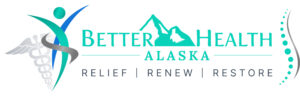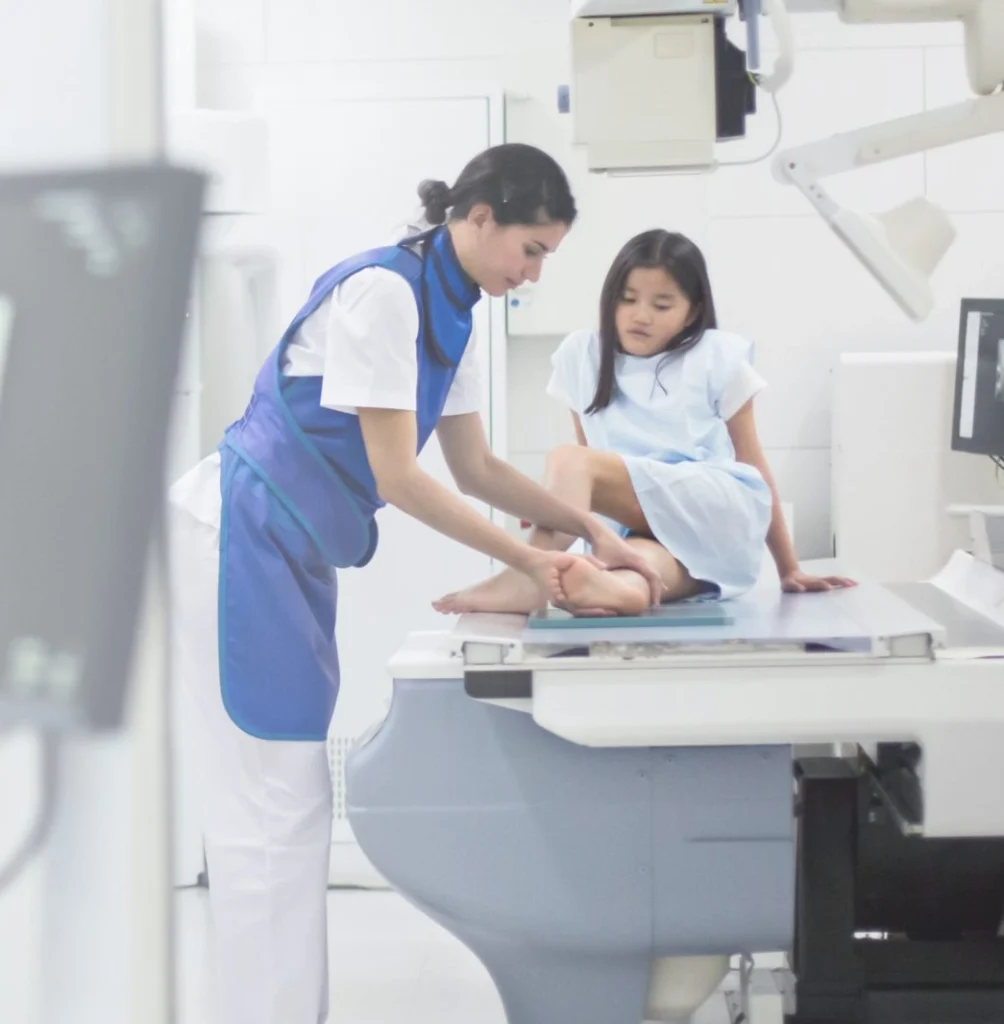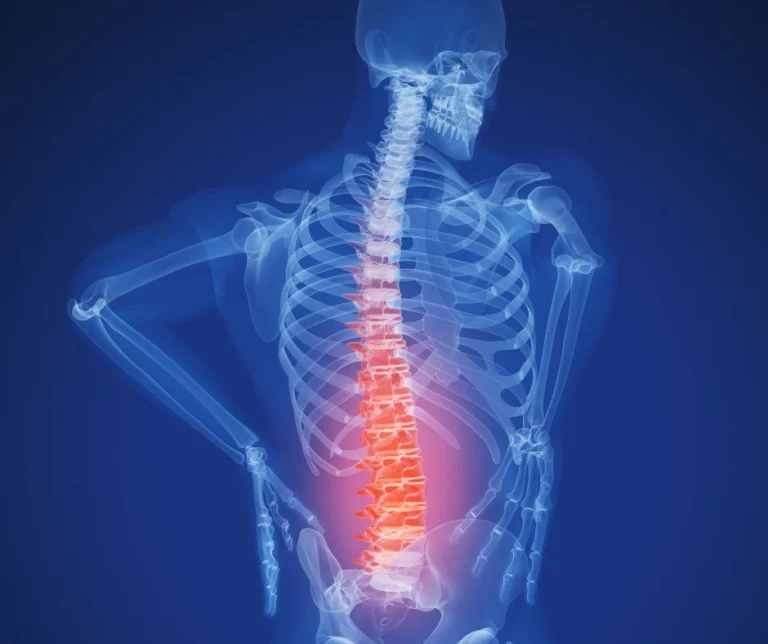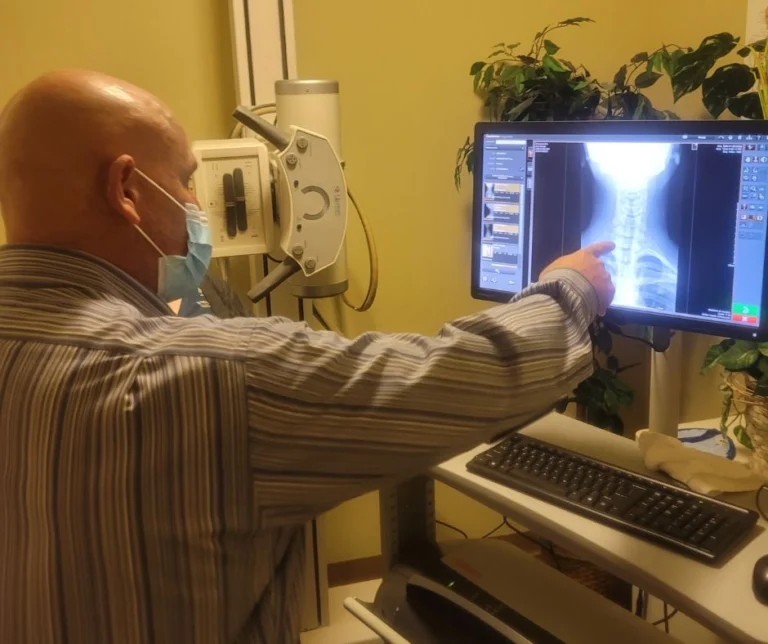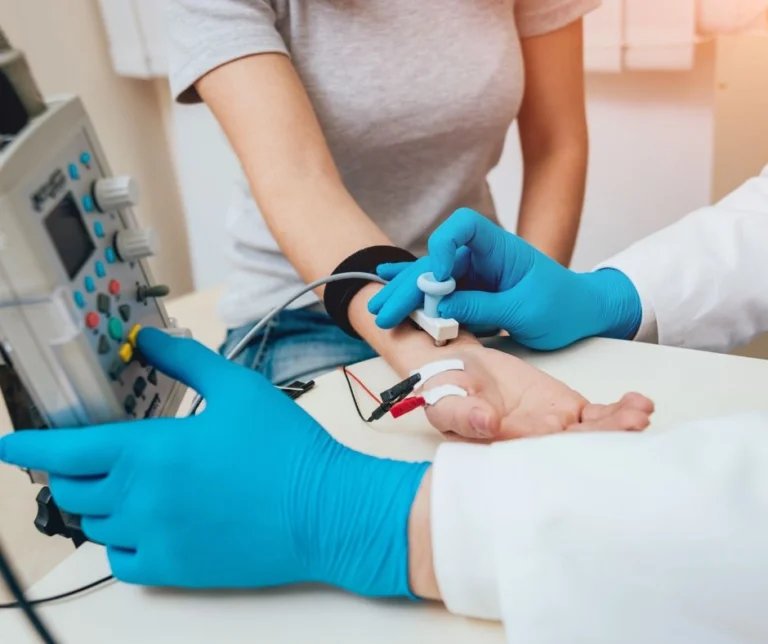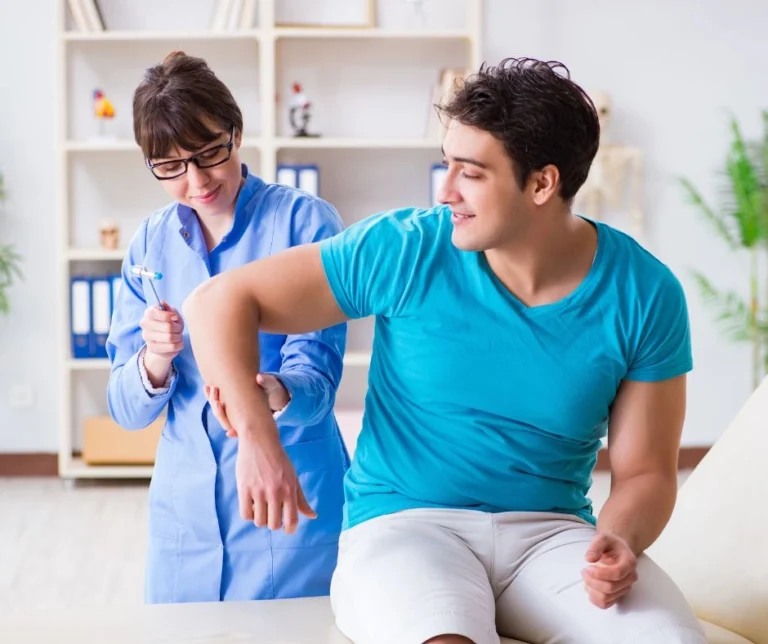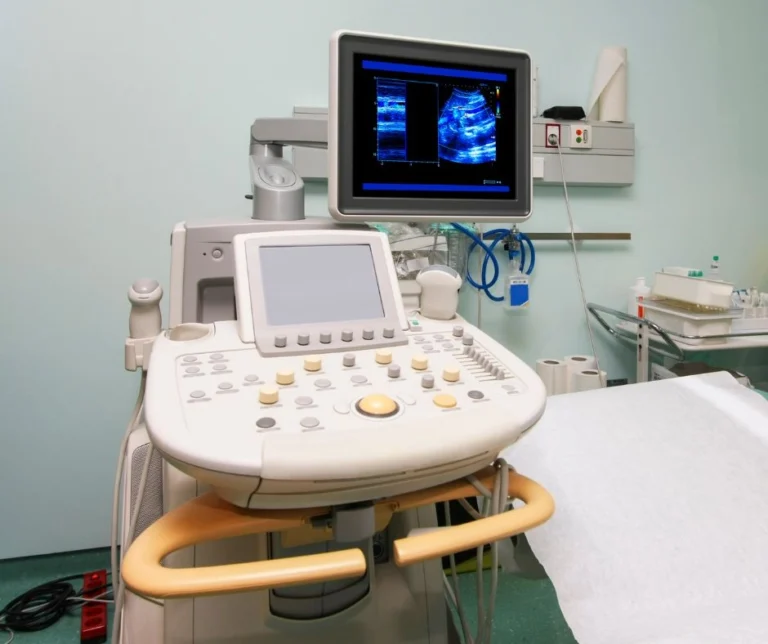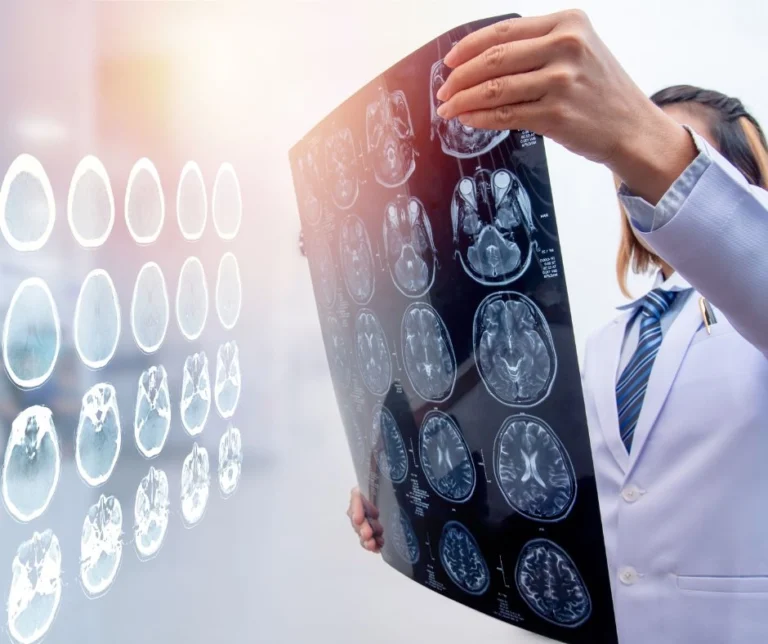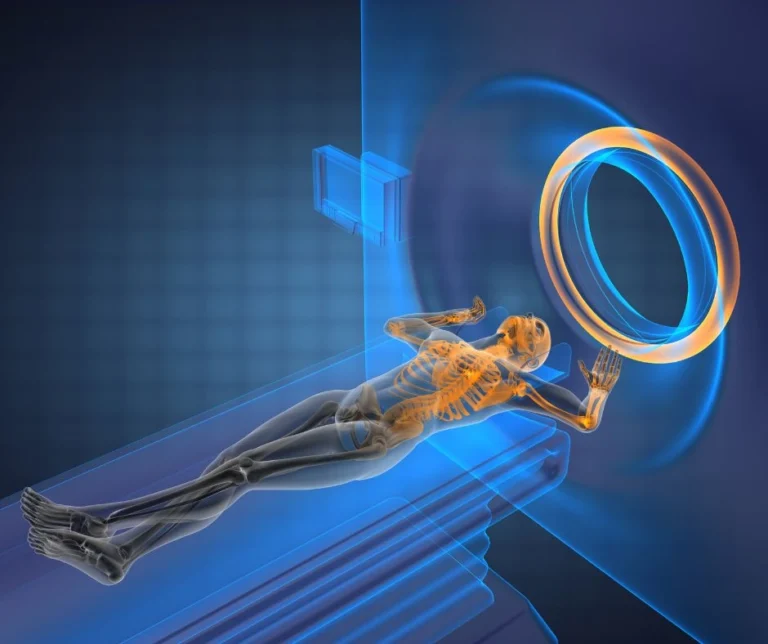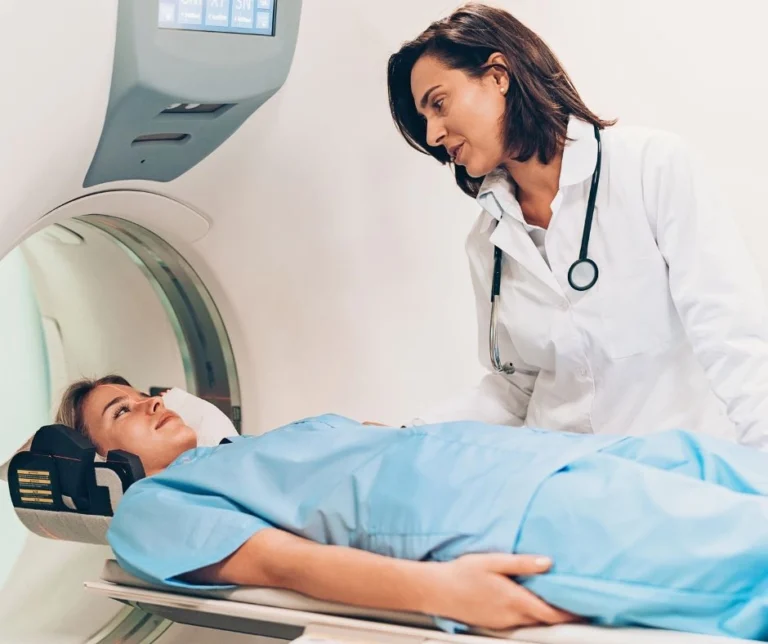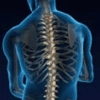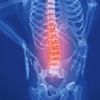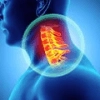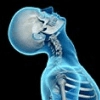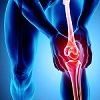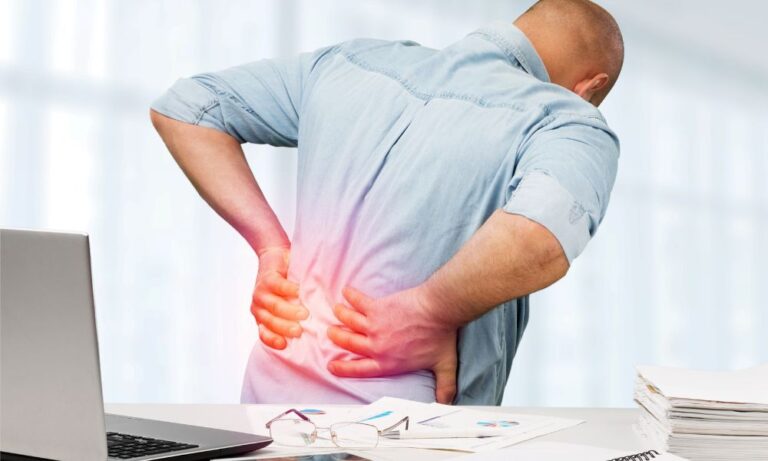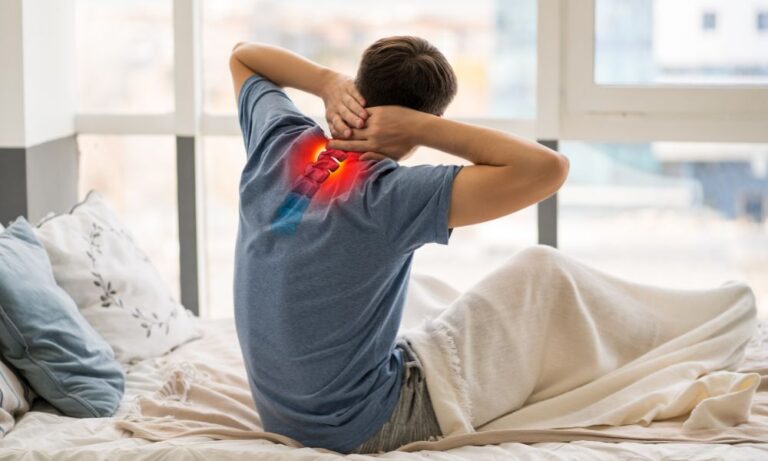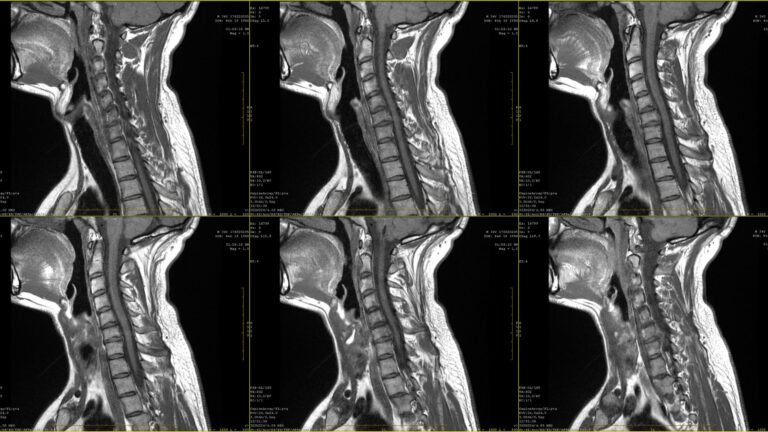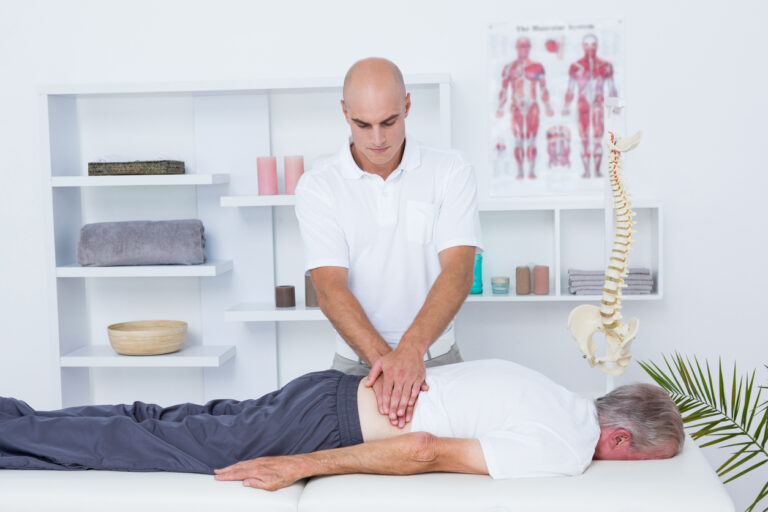Find out what’s going on… FIRST.
Get your diagnostic testing and treatment done in the same place at Better Health Alaska.
A big part of our mission to provide you with effective and convenient care is doing in-office diagnostic testing. Often, performing diagnostic testing is an essential early step to determining the best treatment. It’s difficult to render an appropriate treatment for a condition if you don’t know the full picture. Some doctors miss this part, treating many patients almost as if they had the same diagnosis.
Whether you’re suffering from back pain, sciatica, knee pain, nerve pain, or one of the dozens of other common issues, we can save you time and hassle by performing diagnostics quickly and easily in our office.
We offer X-Ray, MRI, Nerve Conduction, EMG, and Diagnostic Ultrasound so you don’t have to drive around town to get third-part diagnostics done!
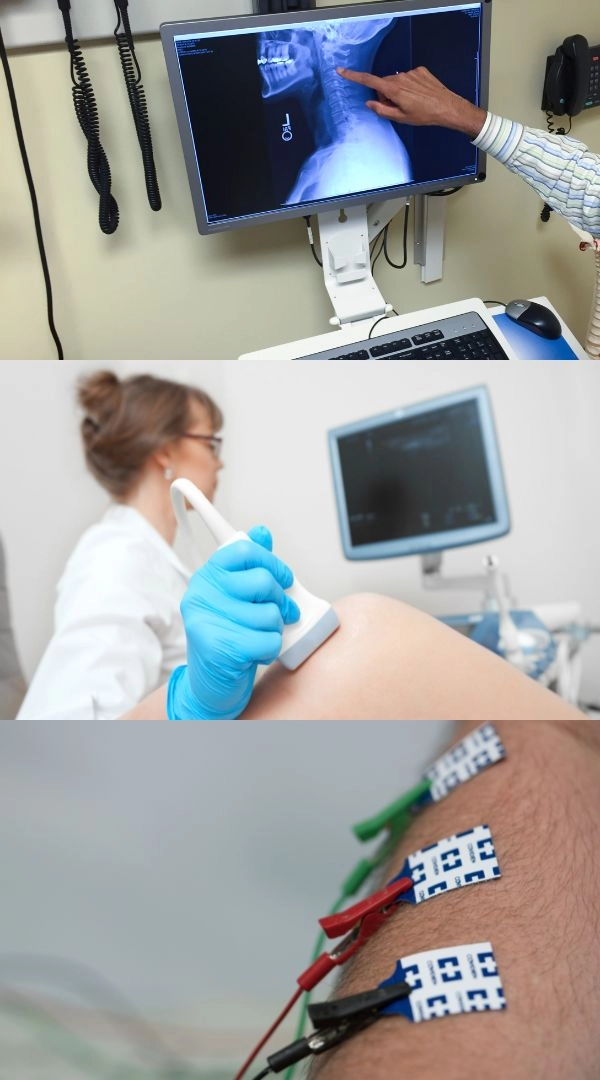
X-ray
Most people are at least passingly familiar with the x-ray diagnostic test. They are second in line after an examination by your doctor or clinician in most cases. X-rays are helpful in determining if there are any broken bones in the event of a trauma. For those who have been in a recent accident or suffered an injury, an x-ray is typically necessary for proper diagnosis. However, there are other reasons why your clinician may order an in-office x-ray. Here are a few:
- Identify degeneration, commonly known to many as “arthritis.”
- Monitor spinal issues such as scoliosis.
- Check the alignment of the body — twisted bones, vertebrae that have “slipped.”
- Make sure no other organic reasons for pain are present, such as autoimmune conditions and tumors.
Better Health Alaska doctors and clinicians will only order an x-ray if they think it will help in diagnosing the issue causing you pain. While some musculoskeletal issues won’t require an x-ray, most patients who receive chiropractic care specifically can, and should get x-rays before receiving chiropractic manipulation.
How Do X-Rays Work?
X-rays use a kind of radiation known as electromagnetic waves. And while this may sound unsettling, many people don’t know that the actual dose of radiation you get during an average x-ray is very low. It’s about the equivalent of how much radiation an average person gets from the environment over the course of 10 days.
An x-ray works to show your bones because calcium absorbs more radiation than other tissues in your body. And since your bones are mostly calcium, the x-ray provides a detailed look at the bones in question, allowing the chiropractor to diagnose and then effectively treat any bone-related issue that you could be suffering from.
As you can imagine, chiropractors will usually be taking x-rays of your spine. But there are times when these diagnostic tests can be performed on other parts of your body, depending on your symptoms.
How Long Do X-Rays Take?
If an x-ray is necessary, you’ll be taken to a room devoted to x-rays. You may wear a lead vest/apron over certain parts of your body to limit the amount of radiation, but this depends on what parts of the body the x-rays will be taken.
The actual x-ray process doesn’t take much longer than five to ten minutes. In most cases, your doctor will want x-rays from different angles, meaning you may need more than one done.
Note: If you’re pregnant or could be pregnant, you shouldn’t have x-rays taken.
Nerve Condition Treatment and Testing
Better Health Alaska is proud to offer Nerve Conduction Studies and Electromyography for Neurodiagnostic Testing. If you have pain, numbness, tingling, burning, or electrical sensation around your spine, in your buttock, hip, leg, shoulder, arm, or hand, you may have a nerve problem that needs to be diagnosed.
What is a Nerve Conduction Study?
A nerve conduction study, also known as a Nerve Conduction Velocity Test, is a way to measure how the nerves transmit electrical pulses. It’s a very safe test, using electrodes attached to and around a nerve.
Using a very low electrical current, we measure how the nerve reacts, and how long it takes for the muscle to contract. This data helps us determine whether there’s an issue in the nerve and, if so, where it is.
What Can a Nerve Conduction Study Help With?
We use nerve conduction studies to help locate the source of tingling, pain, or numbness in the nerves, typically coming from a “pinched nerve” originating in the spine. Most of these patients may not only have pain in an arm or a leg, but may also be losing feeling in an area, or noticing that the arm of the leg is getting weaker.
Most commonly, a nerve conduction study is used to evaluate potential damage to the major nerves coming off the spinal cord. Typically, disc compression in the neck or back can cause damage to these nerves, such as those seen in sciatica — which can cause pain in the hip, buttock, thigh, and lower leg.
But it’s also helpful in diagnosing nerve disorders away from the spine (what’s called peripheral neuropathy,) like carpal tunnel syndrome — which can cause pain, numbness, and tingling in the forearm and hand.
Nerve conduction tests help to determine where the problem is coming from, how bad it is (how much it’s affected compared to normal), and how long it will take to heal.
What is an EKG?
An EMG, or electromyography, is another diagnostic test we use to evaluate the nerve-muscle signal transmission. It’s a way to assess the health of muscles and nerves in order for us to rule out certain issues or provide insights into how to treat any issues present.
What Can an EMG Help With?
We often do EMGs and NCVs together to get a full diagnostic picture of the nerves that may be causing you pain or discomfort. The problem with nerve issues is that they aren’t always easily diagnosed by feeling or sensation alone.
For example, a pinched nerve in the neck can cause pain down the arm or shoulder, but not in the neck itself. Some patients are surprised when they find out their upper back and upper arm pain is coming from their neck. Others are surprised when they find out what they thought was a hip problem, or a “pulled hamstring” (pain in the back of the leg), is coming from their low back.
The EMG specifically measures the impact of the nerve problem on the muscles they go to. A pinched nerve can cause muscles to shrink and get weak over time, and sometimes this is irreversible. The sooner we can determine the severity of the problem, the better the chances of reducing or preventing long-term effects.
Using these two neurodiagnostic methods, we can better treat the underlying issue that’s causing you pain.
They are very specific and important tests in determining the necessity for care and the extent of an injury.
Diagnostic Ultrasound
By offering diagnostic ultrasound (also known as a sonogram), we’re able to provide a wider range of treatment options for our patients. And no, ultrasounds aren’t just for expecting parents! This is a way to provide imaging of the tissues inside the body and is commonly used almost everywhere. An ultrasound can allow us to see things that are moving, such as blood pumping through the veins or the heart beating.
It’s also one of the fastest and safest ways to determine if there’s an injury to the muscles, tendons, ligaments, or cartilage. We call this a Musculoskeletal Ultrasound (MSK Ultrasound). These types of injuries often affect the shoulders, hips, and knees, but can also be used to look at the soft tissues of the neck and back. With diagnostic ultrasound, we can often tell within minutes whether there’s a tear or injury, which is essential for providing effective treatment of the problem.
How Does Diagnostic Ultrasound Work?
Diagnostic ultrasound works by sending sound waves into the body, which bounce off the tissue and are then turned into images. Diagnostic ultrasound uses sound waves that humans aren’t able to hear and is considered completely safe.
How Long Does a Diagnostic Ultrasound Take?
Aside from diagnosing joint injuries, one of the main uses of a diagnostic ultrasound at Better Health Alaska is to help guide joint injections. By using this technology, we can ensure that injections, including PRP, human cellular tissue, or local anesthetics, are delivered exactly where they need to be for the ultimate benefits.
These injections usually only take a few minutes.
In some cases, the ultrasound may be used for imaging alone. This process takes anywhere from 15-30 minutes, on average.
MRI
An MRI scan is one of the most powerful diagnostic tools medical professionals use. It is the gold standard for diagnosing and treating back pain, thanks to the detailed images it provides. And unlike x-rays, it doesn’t use radiation.
MRIs are a wonderful tool for diagnosing problems that can’t be seen on an x-ray. Many times, there is an issue on an MRI that is NOT SEEN on an x-ray. X-rays are a good first line to start therapy but typically can’t provide the entire comprehensive picture.
An MRI, which stands for Magnetic Resonance Imaging, is able to provide medical professionals with a picture of the nerve roots, muscles, ligaments, tendons, and cartilage.
MRI scans can be an effective test for getting to the root of the problem and forming a treatment plan for not only neck and back pain, but for any joint whether it be a hip, knee, shoulder, or elbow.
MRIs are the gold standard not only for seeing issues with nerve and cartilage but also for many other conditions.
How Do MRI Scans Work?
Our bodies are made mostly of water, a fact that MRI machines take advantage of. When you get an MRI scan, the magnetic field interacts with the hydrogen molecules in your body, causing them to face the same direction.
The machine then sends a radio wave through the body, which interacts with the hydrogen molecules, causing them to turn. Once the radio wave turns off, the hydrogen molecules release energy as they return to face the same way.
By measuring the energy released and the time it takes the molecules to resume facing the same direction, the MRI machine produces a detailed picture of all the different tissues in your body. This picture can then be used to determine the exact nature of the issue causing you pain.
How Long Do MRIs Take?
The duration of the MRI scan depends on the part of your body getting scanned and how many images the doctor needs. On the shorter side, these scans take 15 to 30 minutes. On the longer side, they can take anywhere from 60 to 80 minutes, in the event two tests are done on the same visit.
Those with pacemakers shouldn’t have an MRI scan done. Also, those with surgical screws, bolts, or plates may not be ideal candidates for MRI scans.
Better Health Alaska – Testing, Diagnostic, and Treatment In One Place
Not every patient will need all — or even any — of the diagnostic tests above. However, being able to provide the testing for those that do need them saves our patients time and hassle. Instead of driving across town for a diagnostic test, we provide the most common ones in our clinic.
If you’re dealing with pain in the back, joints, or nerves, we can help you get back to your pain-free life. Schedule an appointment today to experience treatment like never before!
Better Health Chiropractic & Physical Rehab Locations
Better Health Anchorage
- 8840 Old Seward Hwy E, Anchorage, Alaska 99515
- Phone: 907-346-5255
- Open Hours: 9AM to 7PM
Why Choose Us?
Our expert team welcome clients with friendly staff members, doctors, and
multiple treatment options. Convenience and pain relief!

Get-a-Ride Promise
Get-a-Ride Promise ensures you will get to and from your appointment without any cost to you.

10-Minute Promise
10-Minute Promise means you will be seen in a timely fashion or else your appointment is free!

First-Visit Promise
First-Visit Promise ensures you will be 100% satisfied with your care or you will be refunded!

Same-Day Promise
Same-Day Promise guarantees you will be seen on the same day you call for an appointment.
Experience You Can Trust

Patients Served
21,790
Visits Performed
192,272
Conditions Treated
64,926
Reviews
917

Our Reviews
Over the last 20 years, our clinic has been privileged to touch the lives of many thousands of families in Anchorage, Alaska. To see what kinds of impacts we’ve made, feel free to browse our 200+ patient reviews and testimonials.
Get stronger. Walk farther. Sit longer. Work harder. Play longer. Have more fun. Less days on the couch.
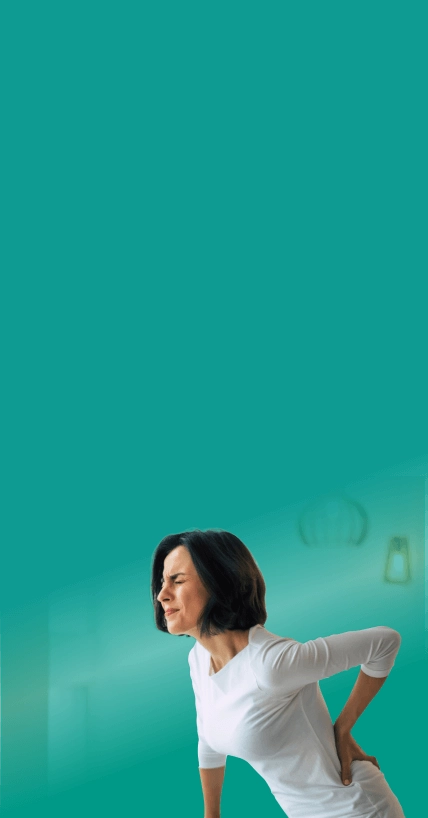

As seen on

Insurance Coverage – We Accept Hundreds!
We work with almost every private insurance company, including the most common ones listed.
Both Auto and Workers’ Compensation are typically covered 100%! Our list may not include yours. If you don’t see your insurance company, please use our Contact Us page, click the button below to have us check your coverage for you, or call 877-360-9268.
Preferred provider for:

Other Common Insurances Accepted:



Questions about your insurance?
If you have private health insurance, let us check your insurance for you!
- Most people pay just $25 to $40 per visit.
- Some copays are as little as $0.
- All our fees cover chiropractic care, massage, AND physical therapy modalities- most even on the same visit.
- Covered by Aetna? Aetna covers almost half of our patients. Our Aetna patient’s co-pays and insurance coverage are similar to in-network Blue Cross coverage.
- Have Medicare? Medicare Part B plans now cover many chiropractic modalities.
- Because of current insurance changes, we provide many services for free if your insurance doesn’t cover them.
- If your care doesn’t seem affordable, talk to your doctor. We’ll get you the care you need at a price you can afford.

FREE One-Hour Massage Certificate
SCHEDULE AN APPOINTMENT AND RECEIVE A
That’s right! Receive a certificate for a free one-hour massage with one of our highly-trained, professional, and licensed massage therapists for use after your first appointment. You can use it yourself, or give it to one of your family or friends for them to use!
What do our patients say about us?







FREE One-Hour Massage Certificate
SCHEDULE AN APPOINTMENT AND RECEIVE A
That’s right! Receive a certificate for a free one-hour massage with one of our highly-trained, professional, and licensed massage therapists for use after your first appointment. You can use it yourself, or give it to one of your family or friends for them to use!
